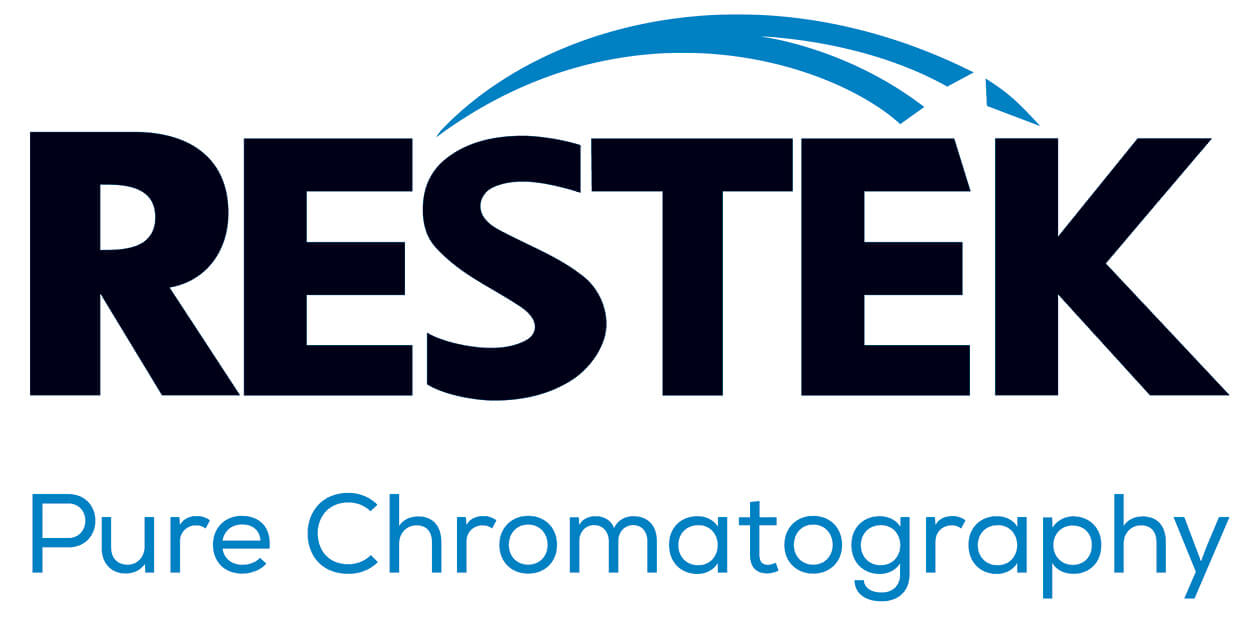
If you work in one of the many labs routinely testing samples for per- and polyfluoroalkyl substances (PFAS), you know that awareness and interest are growing as we continue to better understand the pervasiveness, persistence, and potential health risks associated with these “forever chemicals.” As interest grows, the need for fast, accurate, and precise testing is growing with it. This demand is driving the development of better methods, and LC column selection is the foundation for building an improved approach. Here, we’ll examine the properties that are important to consider when choosing an LC column for PFAS analysis.
Column Phase Selection
The first decision to make when determining which PFAS LC column to use is identifying an effective stationary phase. In our scouting of different phase chemistries for the analysis of short-chain PFAS (C4-C6) and above, the C18 phase proved to be the best choice. As the alkyl chain on PFAS molecules gets longer, the interactions between those chains and the C18 ligand increase, providing a great mechanism for retention and resolution. Retention is strong enough that a relatively short and narrow column can be used to quickly and effectively resolve target analytes. The example in Figure 1 shows that a 50 x 2.1 mm Raptor C18 column easily elutes and separates the compounds of interest while meeting all of EPA 537.1 method criteria for drinking water testing in less than 8 minutes (10 minute total analysis time).
When C8 PFAS were banned, other compounds with shorter alkyl chains were commercially adopted, and as the list of PFAS of interest grows, compounds with chains shorter than 4 carbons or ultrashort-chain (C2 and C3) are getting more attention. As the length of the carbon chain decreases, the influence of the polar head increases, ultimately decreasing retention on a C18 column, which has a retention mechanism based primarily on hydrophobic interaction.
For C3 PFAS compounds like perfluoropropanoic acid (PFPrA) and perfluoropropanesulfonic acid (PFPrS), a C18 phase will still work when appropriate column dimensions are selected. In Figure 2, for example, a 100 x 3 mm Raptor C18 shows great performance, easily incorporating ultrashort-chain PFAS compounds into a quick 11-minute analysis.
If C2 PFAS (e.g., trifluoroacetic acid) eventually make it on a list of monitored compounds, an alternate phase chemistry that targets the polar moiety of a PFAS molecule will likely be required.





